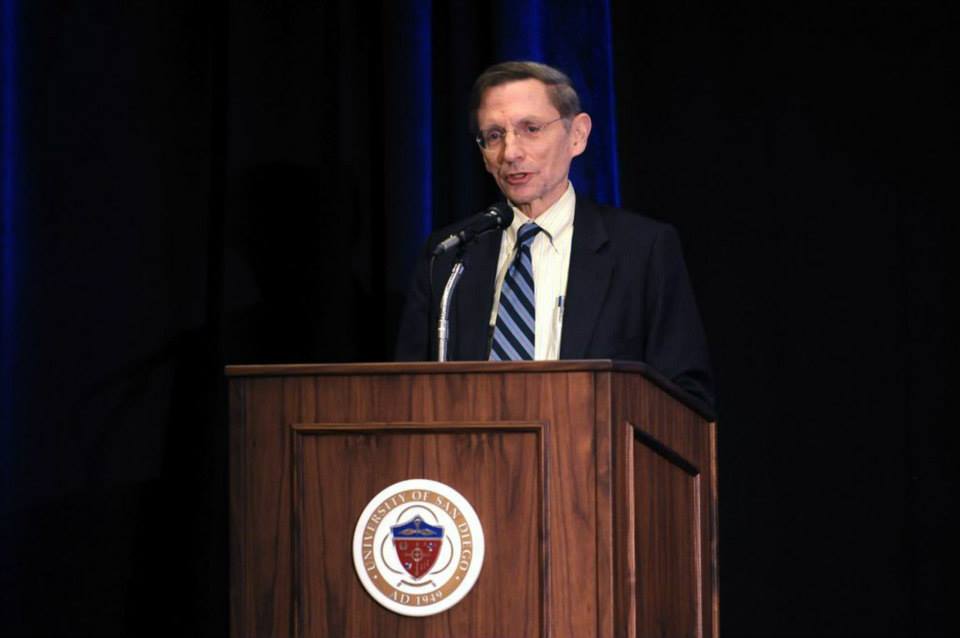NexThought Monday – 2/24/14: How to grow a conference by 2500% and build a community
Over the past ten years, there has been an explosion of large-scale social impact events with the goal of building like-minded communities of ideas, action and impact: TED, World Economic Forum, Skoll World Forum, SOCAP, The Feast, and more. The Clinton Global Initiative recently took place in New York City, and there was a flurry of people, ideas, and commitments to action. We are proud to hear the recent announcement that Arizona State University, an Ashoka U Changemaker Campus, will host of the Clinton Global Initiative University (CGI U) event this March for young student social entrepreneurs.
Why would social change organizations devote a huge amount of their valuable (and very scarce) staff, time, and resources to convenings that will only last a matter of days? What impact does a single event actually create, and how do you know you’ve created it?
As a conference director at Ashoka U (the university division of the global social entrepreneurship organization Ashoka), seeing this upsurge in events has caused me to pause and reflect: What makes a great event?
Hours are devoted to speakers and workshops and networking events, but I believe the recent explosion of events is fueled by something much less tangible – the vibrant community created. Conferences can be much less meaningful if the participants and purpose are not clear or if it’s organized without plans for on-going engagement.
After the 2014 Ashoka U Exchange, the topic of how to foster a community is on my mind. We have grown from a gathering in 2008 with 25 people from four universities at a summer camp in southern Virginia to 650 attendees from 150 universities around the world (a 2,500 percent increase!) at Brown University this past month. Alan Harlam, our co-host and director of the Brown Social Innovation Initiative, recently published a Forbes.com article on how building supportive spaces for changemaking can help the university to re-connect with its mission to unlock human potential in service of the community.

We aim for the Ashoka U Exchange to serve as one of these spaces to harness the full potential of the people and knowledge within our network. In fact, my favorite thing to do at each Exchange is to hang out near the registration tables and see all the familiar faces catching up with friends, colleagues, and mentors about the progress since the last year.
Based on many years of trial and error, listening, watching and painstakingly analyzing post-event evaluations, I wanted to share three tips I have learned for creating a vibrant and engaged community through an event and beyond:
(Pictured left: Ashoka Founder and CEO Bill Drayton at last year’s Ashoka U Exchange. Image credit: Ashoka U.)
1. Let the community speak for itself
Eighty percent of featured content at the Exchange is produced and delivered directly by participants. Every Exchange attendee is a thought leader in his/her own right (we can ensure this through our rigorous application process), and Ashoka U provides the platform and curation design for dissemination of cutting edge innovations.
2. Know your community (and what they are trying to achieve)
Exchange attendees do not come together to meet people just like themselves. Of the 650 participants that attend the Exchange every year, 150 slots are reserved for students. An additional 400 attendees are university faculty, staff from nearly every academic discipline, and administrators, including university presidents. The final 100 slots are reserved for non-profit and for-profit professionals and social entrepreneurs seeking to partner with innovative students and faculty collaborators.
The Exchange is designed to break down hierarchies and cross borders between higher education leaders across disciplines and innovators from all over the world – to bridge theory and practice for social change. We believe that by bringing together a diverse cohort of leaders, through an intentional mix of perspectives with aligned goals, we can further the field faster together.
3. All community members are created equally
How many times have you been to an event or a conference where the keynote speakers jet in right before their session, are mobbed once they finish speaking, and depart immediately afterwards?
Since Ashoka U does not pay an honorarium for high profile speakers, we are able to engage them with something other than money. The 20 Ashoka Fellows, who are world leading social entrepreneurs, attend the Exchange because they see universities as a scaling mechanism for their work, as a hot bed for recruiting top talent, and as potential partners for research (they also love giving back by mentoring young students). Keynotes and VIPs are often personally passionate about encouraging their alma-matter to become a top-tier institution for educating future social entrepreneurs and changemakers. Our VIPs are committed before they even arrive – which propels them to attend the entire event, rather than just their session.
Looking forward, our biggest challenge will be to continue matching quantity with quality – to increase both the type and sophistication of topics presented while growing the number of attendees – without losing the sense of community that has made the Exchange so special. As more people want to join the conversation about social impact and entrepreneurship, we must continue advancing these discussions that lead to action and further grow this movement of forward-thinking leaders across sectors.
Beeta Ansari is Ashoka U’s Exchange Director, a global convening for social entrepreneurship education.Learn more about Ashoka U on Twitter (@ashokau)
- Categories
- Uncategorized
